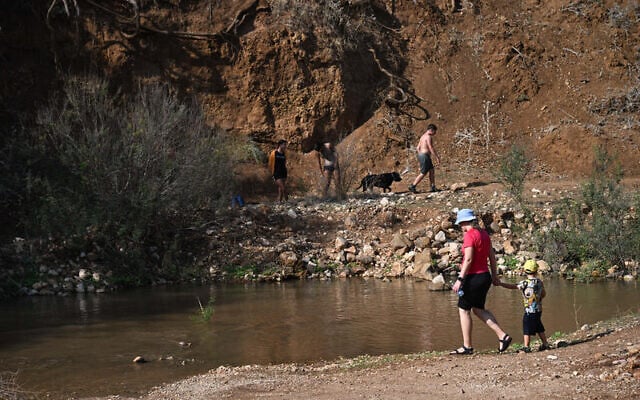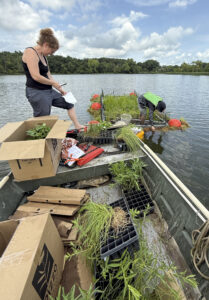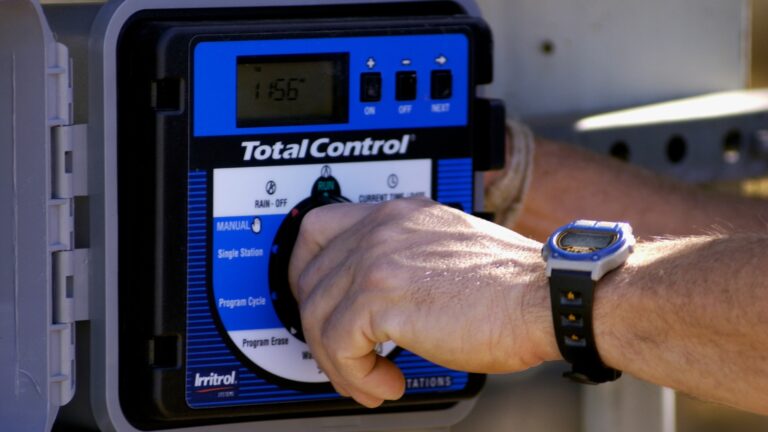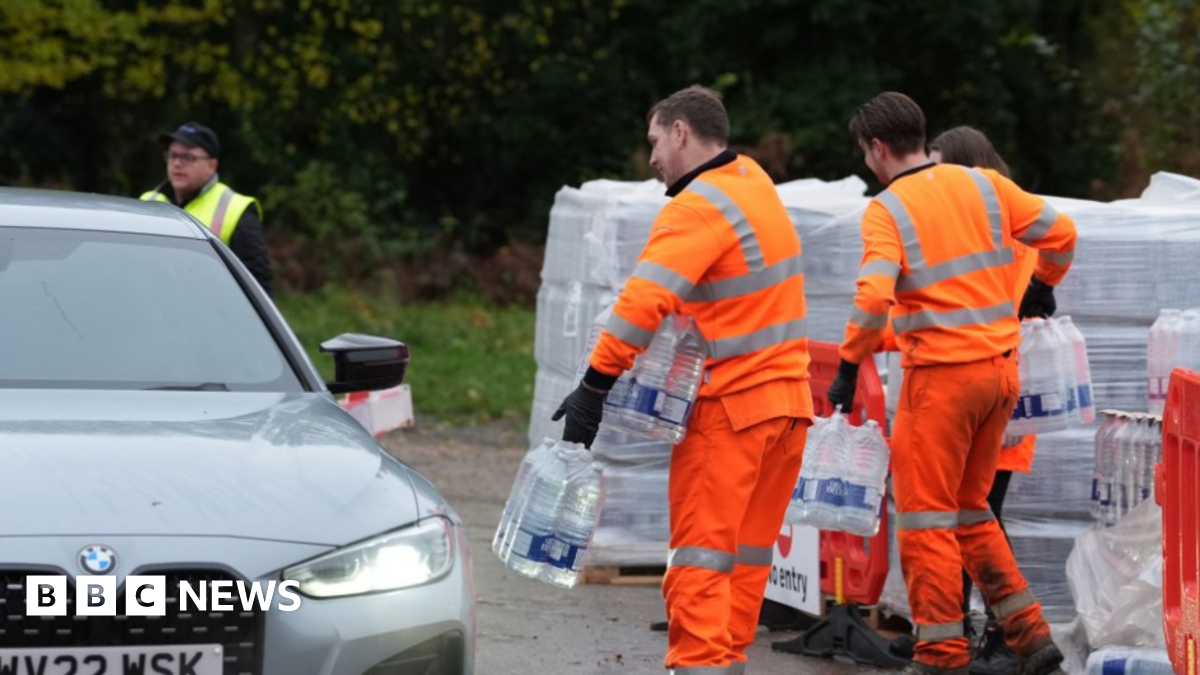Officials announce innovative project to deliver clean water to thousands of households — here’s what’s happening – The Cool Down
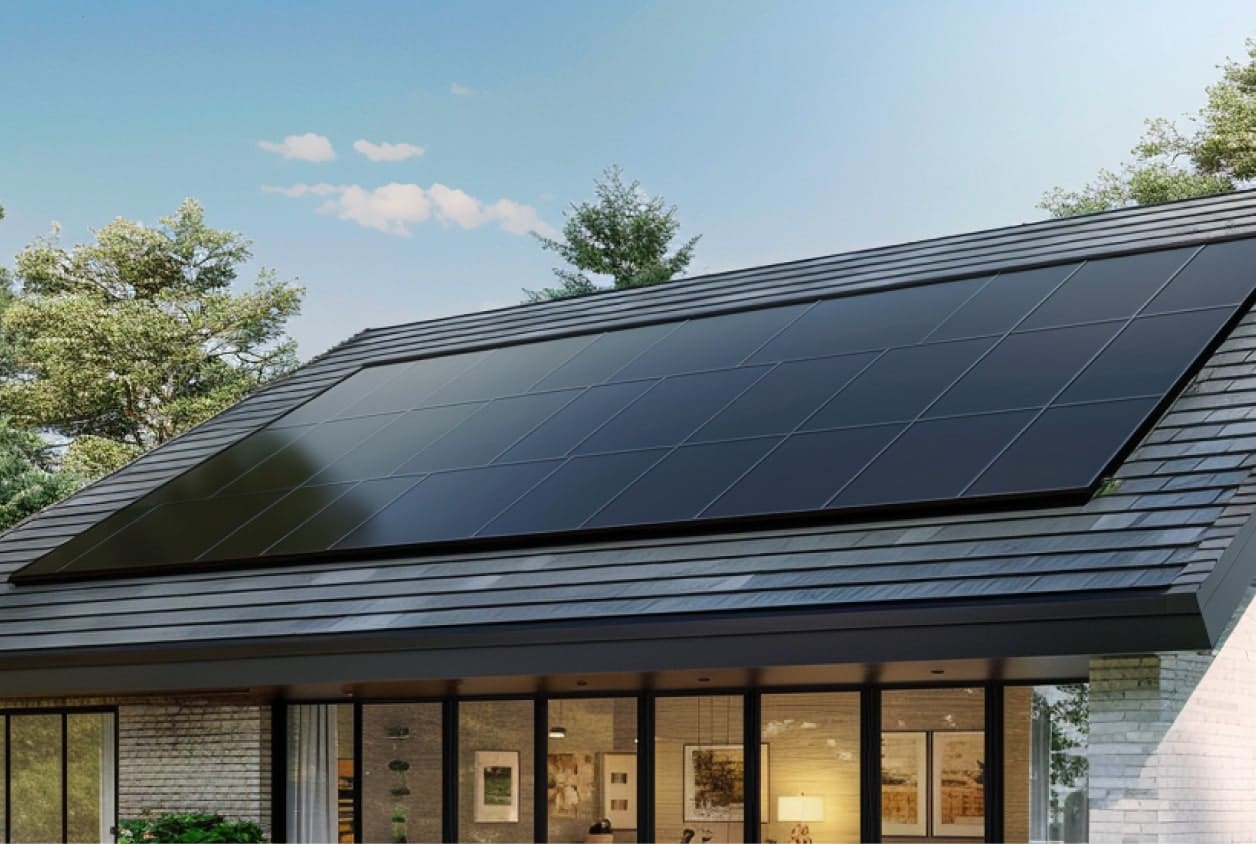
Report on a Solar-Powered Water Treatment Initiative in Plateau State, Nigeria, and its Alignment with Sustainable Development Goals (SDGs)
Project Overview and Core Objectives
The government of Plateau State, Nigeria, has initiated the construction of a solar-powered water treatment plant. This project is a significant step towards addressing critical infrastructure and public health needs within the region.
- Primary Goal: To supply safe, potable drinking water to thousands of local families.
- Technological Approach: Utilization of solar energy to power the water treatment process.
- Strategic Importance: The project is intended to serve as a model for integrating clean energy technology into the water management sector, aligning with national and global sustainability targets.
Direct Contribution to SDG 6: Clean Water and Sanitation
This initiative directly addresses the targets of Sustainable Development Goal 6, which aims to ensure the availability and sustainable management of water and sanitation for all. The project is particularly crucial in the context of Nigeria’s water challenges.
- Addressing Water Scarcity and Contamination: The plant will mitigate severe local issues, including disparities in freshwater distribution and pollution from industrial waste, agricultural runoff, and domestic sewage.
- Global Impact Context: This local action contributes to solving a global crisis, as over four billion people worldwide are affected by a lack of access to safe drinking water.
Integration of SDG 7: Affordable and Clean Energy
By opting for solar power, the project strongly supports the objectives of SDG 7. The use of a renewable energy source provides multiple benefits beyond water purification.
- Economic Sustainability: The use of solar energy is projected to significantly cut operational costs, ensuring the long-term financial viability of the water supply.
- Technological Demonstration: It establishes a practical model for deploying clean energy solutions in essential public services.
Broader Impacts on Sustainable Development
The project’s design and objectives create a positive ripple effect, contributing to several other interconnected SDGs.
- SDG 3 (Good Health and Well-being): By providing access to clean water, the plant will directly improve public health outcomes, reducing the incidence of waterborne diseases.
- SDG 13 (Climate Action): The reliance on solar power instead of fossil fuels reduces greenhouse gas emissions, contributing to climate change mitigation efforts.
- SDG 9 & 11 (Industry, Innovation, and Infrastructure & Sustainable Cities and Communities): The plant represents an investment in resilient and innovative infrastructure, making the community more sustainable and enhancing the quality of life for residents.
Global Innovations in Water Treatment and SDG Alignment
The Plateau State project is part of a global trend of innovative solutions aimed at achieving SDG 6. Other notable international efforts include:
- Ghana: Implementation of solar-powered, mechanized water systems to provide clean drinking water to communities.
- China: Scientific development of methods to treat high-salinity wastewater, protecting ecosystems and groundwater resources.
- Global Research: Discovery of novel methods to filter microplastics from drinking water using natural coagulants derived from plant seeds, addressing an emerging threat to water quality and public health.
Analysis of Sustainable Development Goals in the Article
1. Which SDGs are addressed or connected to the issues highlighted in the article?
-
SDG 6: Clean Water and Sanitation
This is the most prominent SDG in the article. The central theme is the construction of a water treatment plant in Plateau, Nigeria, to “supply safe drinking water to thousands of local families.” The article further emphasizes the global water crisis by mentioning that “more than 4 billion people are affected by a lack of access to potable water” and discusses various water quality issues, including pollution from industrial waste, agricultural runoff, and microplastics.
-
SDG 7: Affordable and Clean Energy
The article explicitly states that the water treatment plant is “solar-powered.” It highlights this as a key feature, noting that using solar energy will “help cut costs” and “serve as a model for the use of clean energy technology.” The mention of a similar solar-powered water project in Ghana reinforces the connection to this goal.
-
SDG 13: Climate Action
The article directly links the project’s use of clean energy to climate change mitigation. It states that processing water with solar energy “can also help mitigate the effects of rising global temperatures by reducing the use of dirty fuels such as natural gas.” This demonstrates a clear action to combat climate change and its impacts.
-
SDG 3: Good Health and Well-being
The provision of safe drinking water has a direct link to public health. The article acknowledges this by mentioning the “immediate health impacts on local residents.” By providing clean water, the project helps prevent waterborne diseases, thus contributing to better health and well-being in the community.
2. What specific targets under those SDGs can be identified based on the article’s content?
-
SDG 6: Clean Water and Sanitation
- Target 6.1: By 2030, achieve universal and equitable access to safe and affordable drinking water for all. The project’s primary goal is to “supply safe drinking water to thousands of local families,” which is a direct effort to improve access to safe drinking water for a specific population.
- Target 6.3: By 2030, improve water quality by reducing pollution, eliminating dumping and minimizing release of hazardous chemicals and materials. The article discusses threats to water quality in Nigeria, such as “industrial waste, agricultural runoff, domestic sewage,” and mentions new methods for treating “high-salinity wastewater” and filtering “microplastic contamination,” all of which relate to improving water quality by addressing pollution.
-
SDG 7: Affordable and Clean Energy
- Target 7.2: By 2030, increase substantially the share of renewable energy in the global energy mix. The construction of a “solar-powered” water treatment plant is a tangible example of increasing the share of renewable energy in public infrastructure and services.
-
SDG 13: Climate Action
- Target 13.2: Integrate climate change measures into national policies, strategies and planning. This state-level project integrates a climate change mitigation measure (using solar power to reduce reliance on fossil fuels) into essential infrastructure planning (water supply), demonstrating this target in action.
-
SDG 3: Good Health and Well-being
- Target 3.9: By 2030, substantially reduce the number of deaths and illnesses from hazardous chemicals and air, water and soil pollution and contamination. By providing treated, safe drinking water, the project directly aims to reduce illnesses caused by water pollution and contamination for the local population.
3. Are there any indicators mentioned or implied in the article that can be used to measure progress towards the identified targets?
-
SDG 6: Clean Water and Sanitation
- Indicator (Implied for Target 6.1): The number of people or households with access to a safely managed drinking water service. The article states the plant will serve “thousands of local families,” which is a direct, though not precisely quantified, measure of progress.
-
SDG 7: Affordable and Clean Energy
- Indicator (Implied for Target 7.2): The share of renewable energy in the total final energy consumption. The project itself represents an increase in this share, as a key public utility will be powered by solar energy instead of the grid or fossil fuels.
-
SDG 13: Climate Action
- Indicator (Implied for Target 13.2): The reduction in greenhouse gas emissions. The article implies this by stating the project will reduce “the use of dirty fuels such as natural gas.” Progress could be measured by calculating the emissions avoided by using solar power instead of a fossil fuel-based alternative.
-
SDG 3: Good Health and Well-being
- Indicator (Implied for Target 3.9): The mortality rate attributed to unsafe water, unsafe sanitation, and lack of hygiene. The mention of “immediate health impacts” implies that a key measure of success would be a reduction in waterborne diseases and related health issues in the community.
Summary of Findings
| SDGs | Targets | Indicators |
|---|---|---|
| SDG 6: Clean Water and Sanitation |
|
|
| SDG 7: Affordable and Clean Energy |
|
|
| SDG 13: Climate Action |
|
|
| SDG 3: Good Health and Well-being |
|
|
Source: thecooldown.com
What is Your Reaction?
 Like
0
Like
0
 Dislike
0
Dislike
0
 Love
0
Love
0
 Funny
0
Funny
0
 Angry
0
Angry
0
 Sad
0
Sad
0
 Wow
0
Wow
0














































.jpg.webp?itok=0ZsAnae9#)







:focal(1500,1000)/https://media.globalcitizen.org/a6/9a/a69a4720-d8a1-4715-b596-18738d03c05c/rotary_polio_hero_image.jpg?#)

/countries/sri-lanka/photo-credit---dmc-sri-lanka.tmb-1200v.jpg?sfvrsn=dc298bcc_1#)







